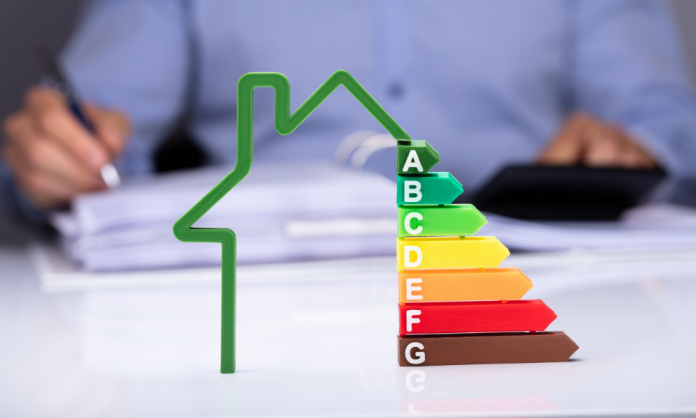The last SAP (Standard Assessment Procedure) was issued in 2012, and since then, things have been pretty straightforward, with little to no changes. SAP is usually updated every four years; we’ve now been using SAP 2012 calculations for nearly seven years. Well, that’s all about to change…
The UK Government announced in 2018 that SAP 10 would be launched in 2019-2020, we’re yet to receive a firm deadline. While this was BIG news for most, many added it to the “we’ll cross that bridge when we have to” list. It’s easy to become complacent and not research or prepare until it’s mandatory. However, by doing this, you could run the risk of not non-compliance. As the saying goes “Failing to prepare is preparing to fail”.
Both BRE and BEIS have released documentation and demo software to help you understand the changes SAP 10 is bringing and how to get ready for them. Just remember that until SAP 10 comes into force (and once Part L/Section 6 is updated), continue to use SAP 2012 for Building Regulations compliance and EPCs.
Until Part L or Section 6 are updated, we can’t be certain of the compliance changes SAP 10 will bring. However, from the published documentation, we can provide 8 key points of SAP version 10 that you should be aware of:
-
Changes in Fuel and CO2 factors
CO2 emission factor for electricity will be reduced from 0.519 kgCO2/kWh to 0.233 kgCO2/kWh. This means that a shift from gas to electric heating is more viable, so assessors in SAP 10 may find it easier to achieve compliance with electric heating. However, there is a potential downside to this, the impact of Solar PV against a SAP assessment will be reduced, which may also mean that more PV is required in order to achieve local planning requirements on major developments
-
Precise thermal bridging recording
We’ll be seeing the removal of Accredited Construction Details* and changes to the junction requirements. This will give designers a better understanding of heat loss in a dwelling and that the overall design.
-
Overheating Risk
SAP 10 has reduced the amount of ventilation that designers can assume is being gained from open windows. Designers will be encouraged to reduce heat gains in other areas and identify as-built circumstances that could affect keeping windows open during hot weather.
-
Detailed Calculation of Thermal Mass Parameters (TMPs)
There will be no more high or low TMPs, with SAP 10 calculations must now include a detailed calculation of a builds actual TMP based on build material, construction and kappa values*. This is currently best practise and many SAP Assessment services like Build Aviator already provide this.
-
Greater accuracy for photovoltaic panels
Different CO2 reduction targets to take into consideration with the new calculations. The new formula will only factor in a PV supply to those flats directly connected. Another change we’ll be seeing is that excess electricity from PV panels can be stored.
-
Lighting calculations to include daylight and technologies
Calculations must be based on the dwellings floor area and solar gains. They will also take into consideration the quantity and efficiency of fixed lighting in a build and daylight contribution – window specifications at the design stage will also be considered.
This is a welcome change as the current calculation asks for low energy fittings but doesn’t factor in the greater efficiency of LED builds over low energy bulbs.
-
Hot water – showers and baths
Calculations must now include shower types and flow rates for a more precise estimate on the actual hot water demand.
-
Detailed heating pattern
This is another welcome change as it means more accurate costing for heating can be undertaken. With SAP 10, calculations must show a consistent daily heating pattern for all days of the week as opposed to just weekdays and weekends with the 2012 SAP. In some cases, this will show an improvement to the calculation.
Out with notional values – In with precise U-values
Overall, SAP 10 is looking for you to provide more specific calculations. If you haven’t already, look for ways that you can be more precise with your calculations rather than using generalised sums. There are SAP assessors out there who can help you provide more specific calculations by using U-values of exact products, such as Build Aviator. They have over 30 years’ experience in the industry and are more than happy to help you achieve compliance during the transition from SAP 2012 to SAP 10.
To find out more about Build Aviator, visit www.buildaviator.co.uk or to speak to one of the team call 0333 332 1518.
*A kappa value is the heat capacity of the construction (wall, floor, roof) and affects how the building reacts to heating and how much heat is retained in the building.
*https://www.elmhurstenergy.co.uk/sap-10-analysis-of-changes

















